Audrey Smith reported the use of glycerol cryoprotectant for red blood cells
In 1950, physician Audrey Smith reported the use of glycerol cryoprotectant for red blood cells. During her work…
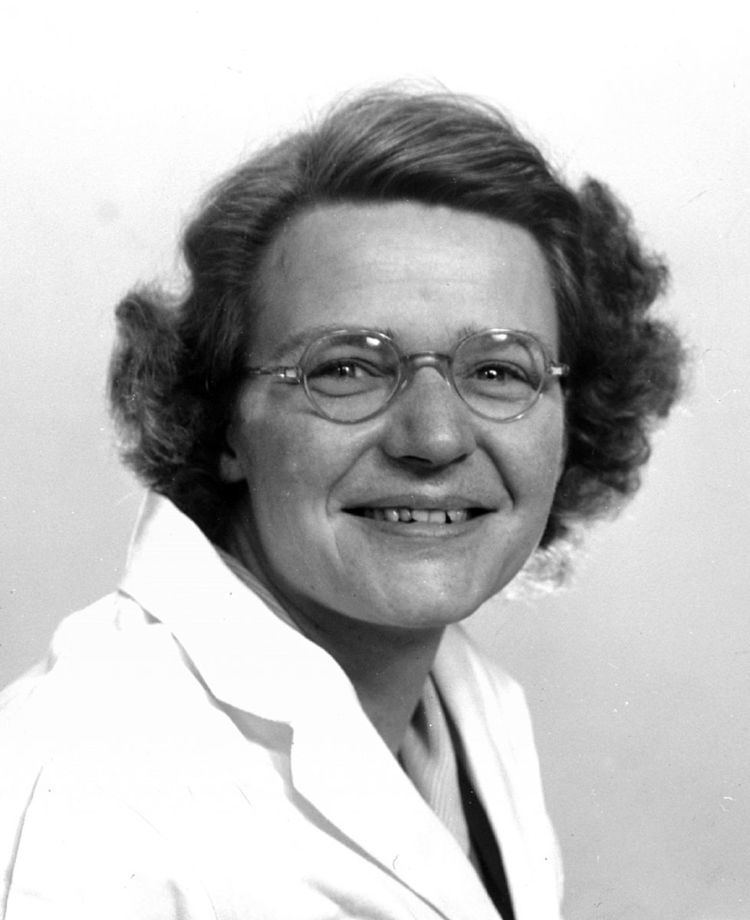
In 1950, physician Audrey Smith reported the use of glycerol cryoprotectant for red blood cells. During her work…
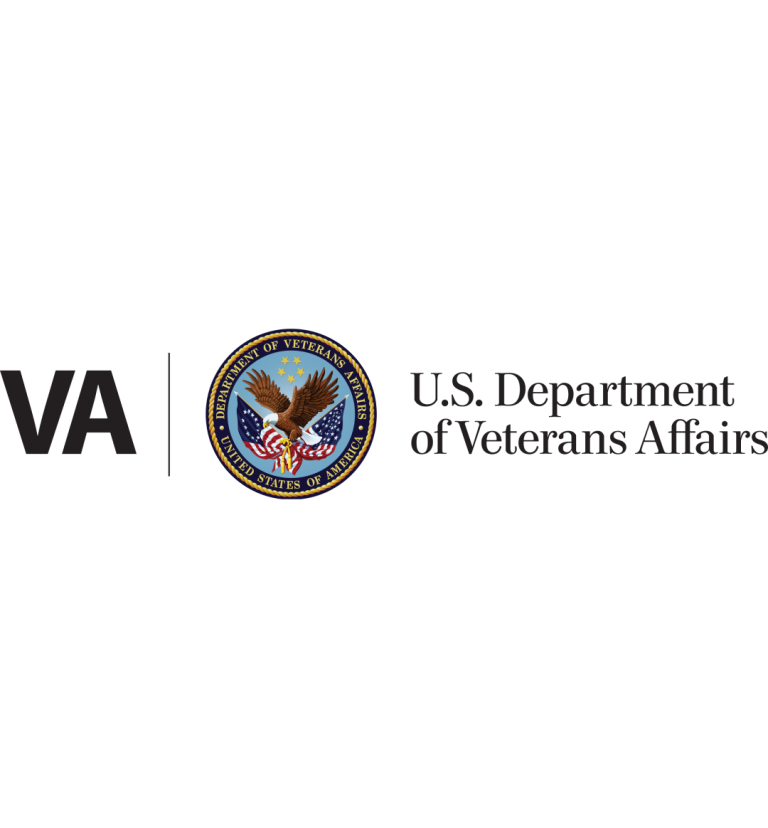
In 1950, Roger M. Cole and Byron J. Olson in collaboration with Veterans Administration physicians conducted epidemiologic studies…
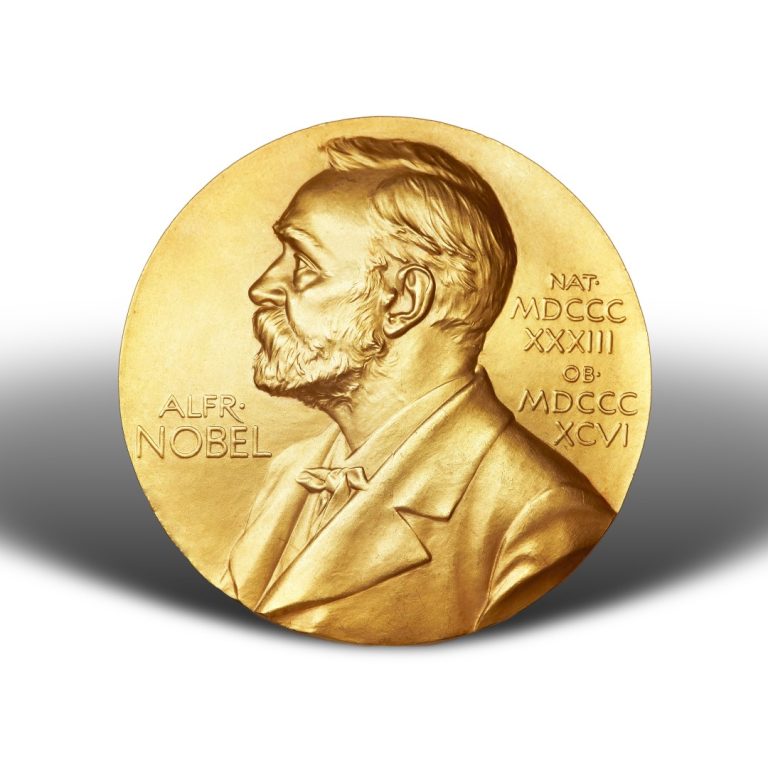
In 1950, Drs. Edward C. Kendall and Philip S. Hench at the Mayo Clinic, along with Tadeus Reichstein,…

On Oct. 9, 1949, the University of Washington’s Health Sciences Building was dedicated on the university’s Seattle campus….
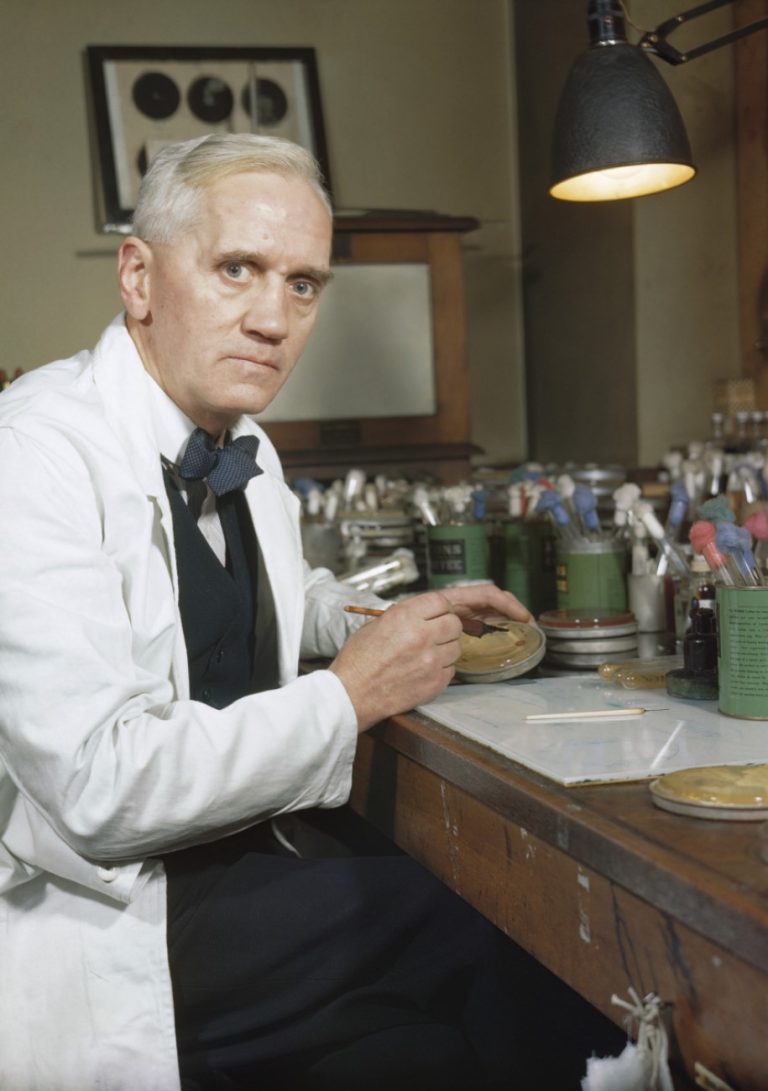
On Jul. 4, 1949, Sir Alexander Fleming, the scientist who discovered penicillin, made his first visit to the…

In Jul. 1943, Construction of the original Madigan General Hospital began during the height of World War II…
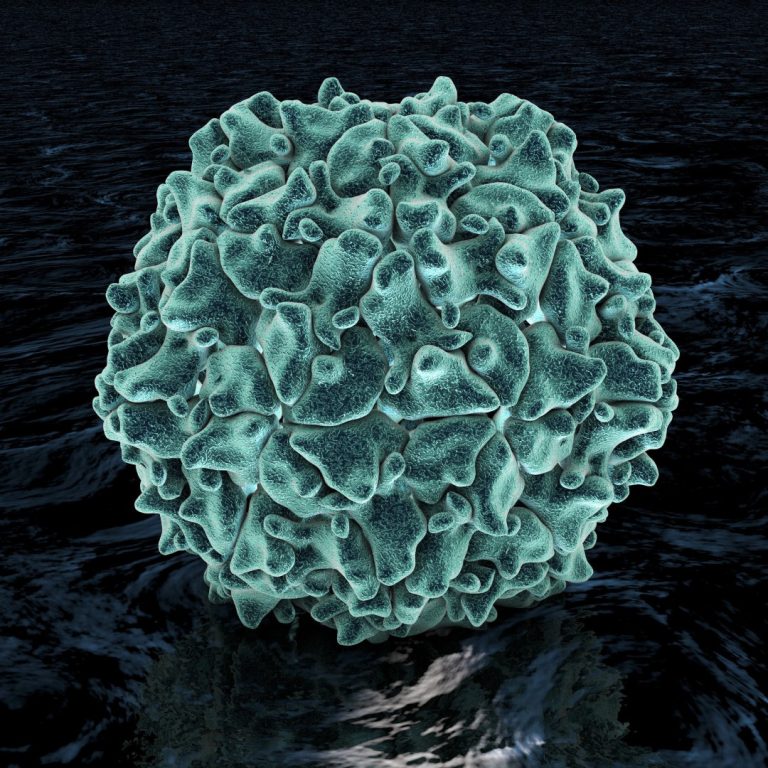
In 1949, at Harvard, John F. Enders, Ph.D., a Yale College graduate, Frederick C. Robbins, M.D., and Thomas…
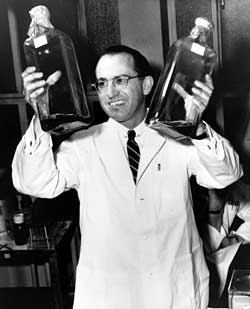
In 1949, Dr. Jonas Salk, with grants from the National Foundation for Infantile Paralysis, the Pitt team and…
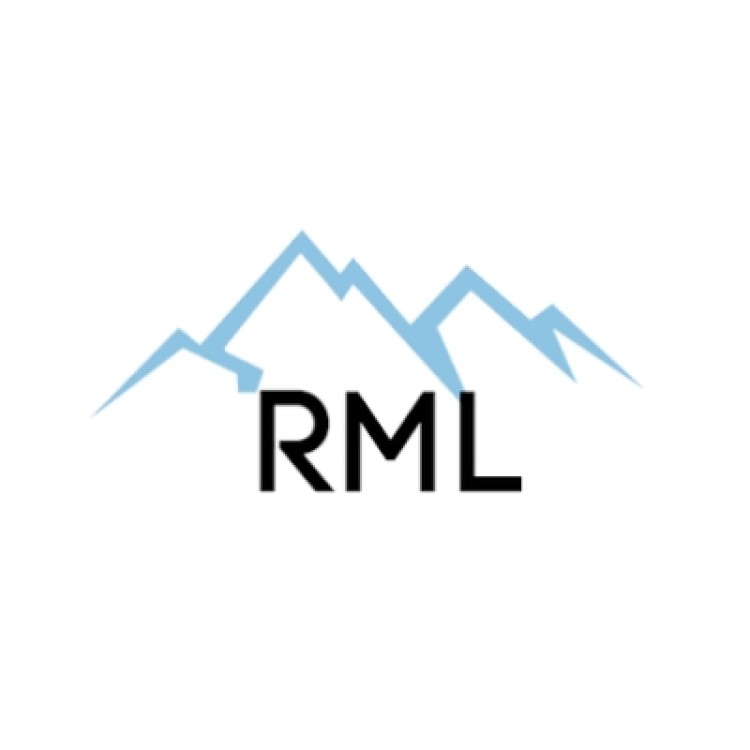
In 1948, the National Institute of Health was reorganized into the National Institutes of Health (NIH), and Rocky…
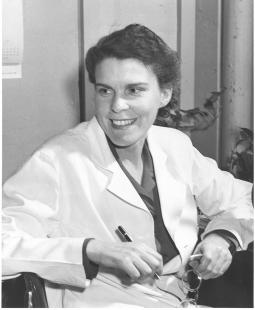
In 1948, Dr. Isabel M. Morgan led a team that successfully inoculated monkeys with a killed-virurs vaccine. From…
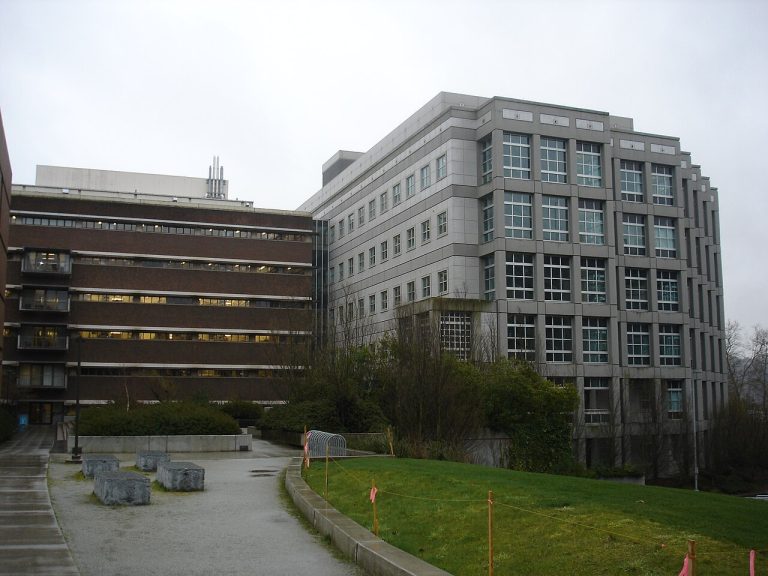
On Mar. 5, 1947, ground was broken for the new University of Washington’s Health Sciences Building. The new…

In 1947, Little-known geneticist Barbara McClintock issued her first report on transposable elements – known today as jumping…
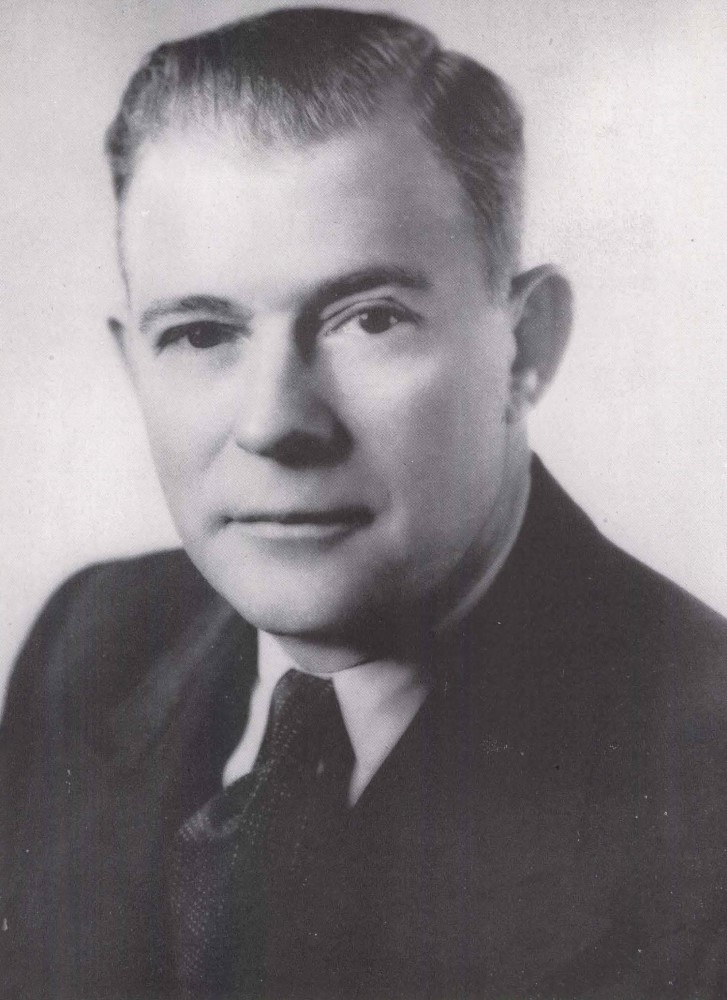
In 1947, Governor Roy J. Turner launched a fund drive that spanned all 77 of Oklahoma’s counties. In…

In 1947, the Southeastern Michigan Division of the American Cancer Society created the Michigan Cancer Foundation to comply…

On Oct. 2. 1946, the University of Washington (UW) formally opened a medical school as part of a…
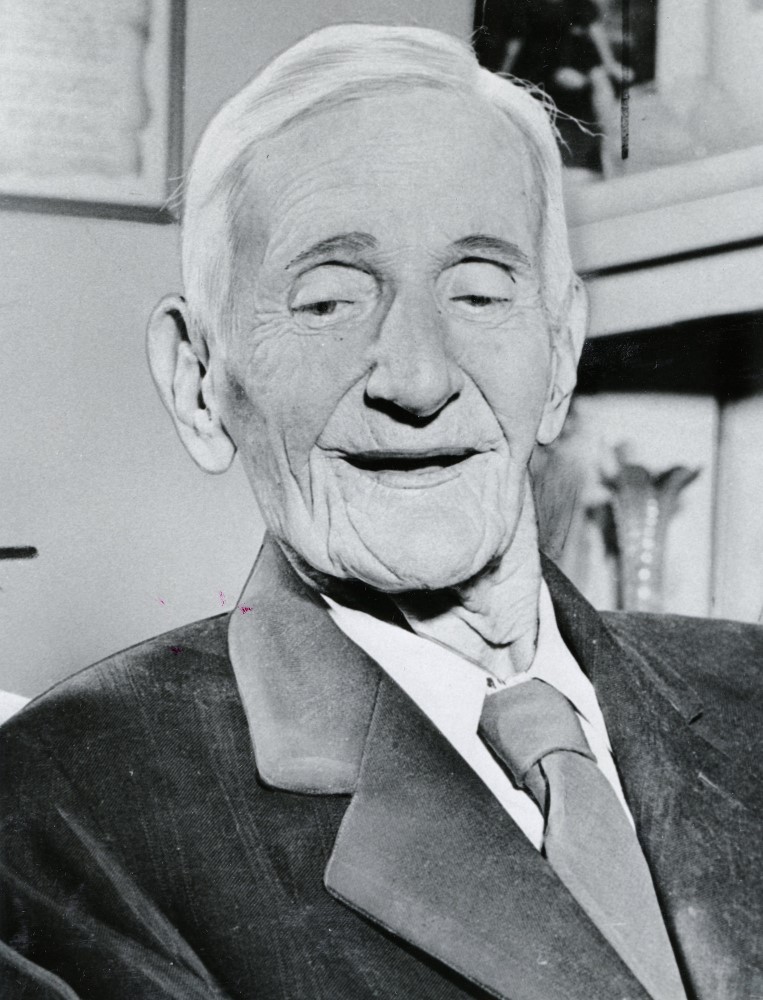
On Aug. 28, 1946, Oklahoma’s Secretary of State Frank C. Carter granted the charter of the Oklahoma Medical…
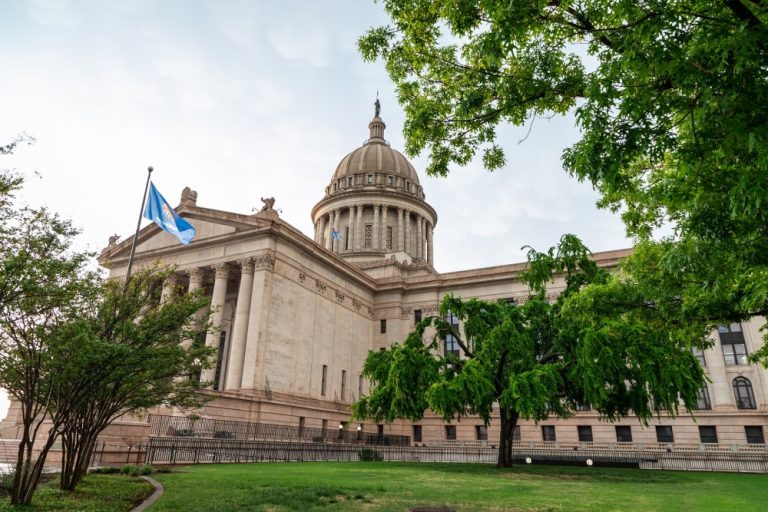
On Aug. 3, 1946, the articles of incorporation were signed by Governor Roy J. Turner that established the…
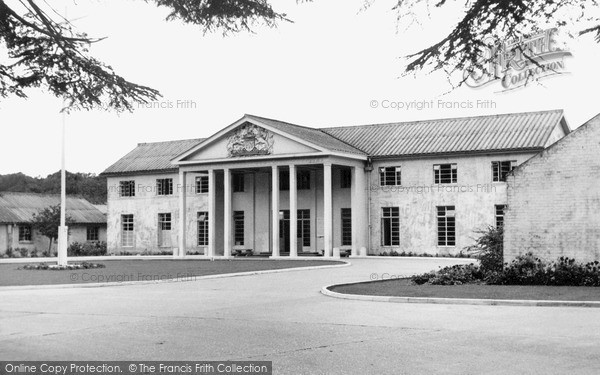
In 1946, The Canadian Red Cross Memorial Hospital,Taplow, Berkshire, was built as a hospital for children which would…
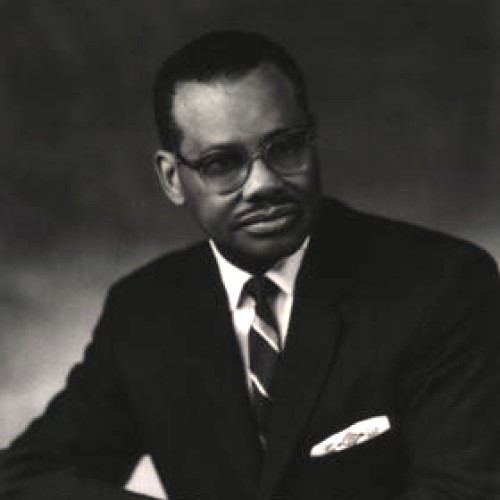
In 1946, Dr. Leonidas Harris Berry became the first black physician on staff at Michael Reese Hospital in…

In 1945, the University of California, Los Angeles (UCLA) Jonsson Cancer Center Foundation was founded by a group…
In 1945, the American Society for the Control of Cancer renamed American Cancer Society.
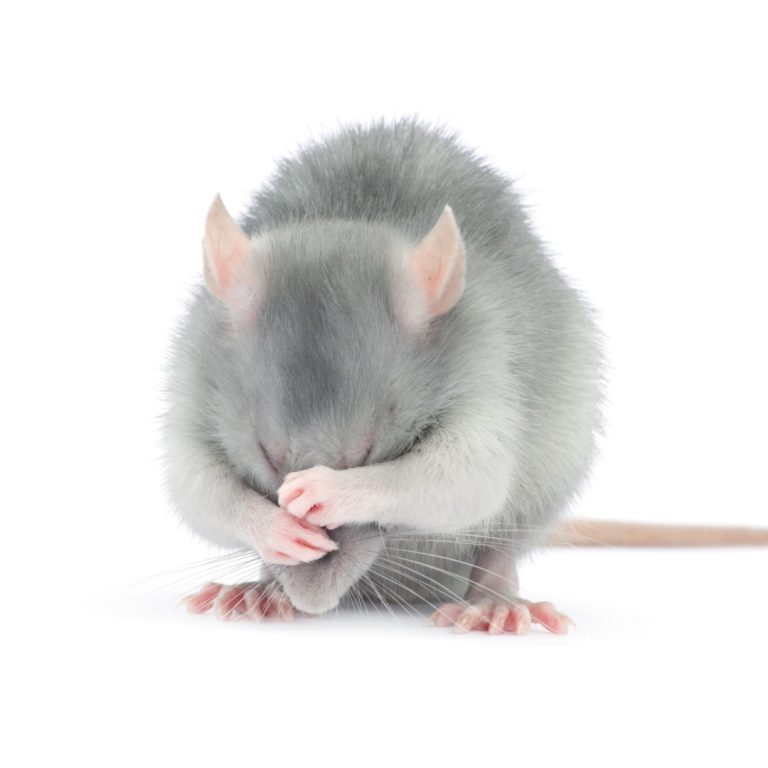
In 1945, W. Ray Bryan, Michael B. Shimkin, Howard B. Andervont, Herbert Kahler and Thelma B. Dunn published…

In 1945, the U.S. Congress passed the Penicillin Amendment, modeled on the earlier Insulin Amendment. The former required…
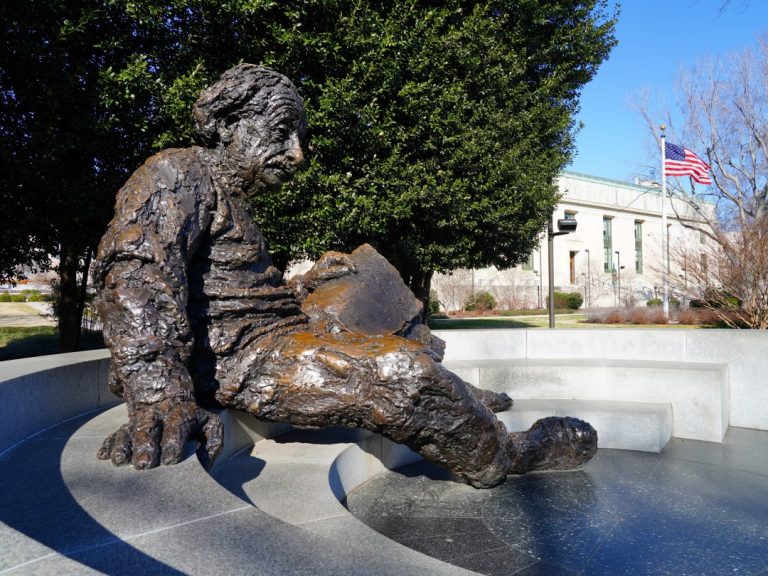
On Nov. 17, 1944, President Franklin Delano Roosevelt wrote a letter to to Vannevar Bush, head of the…
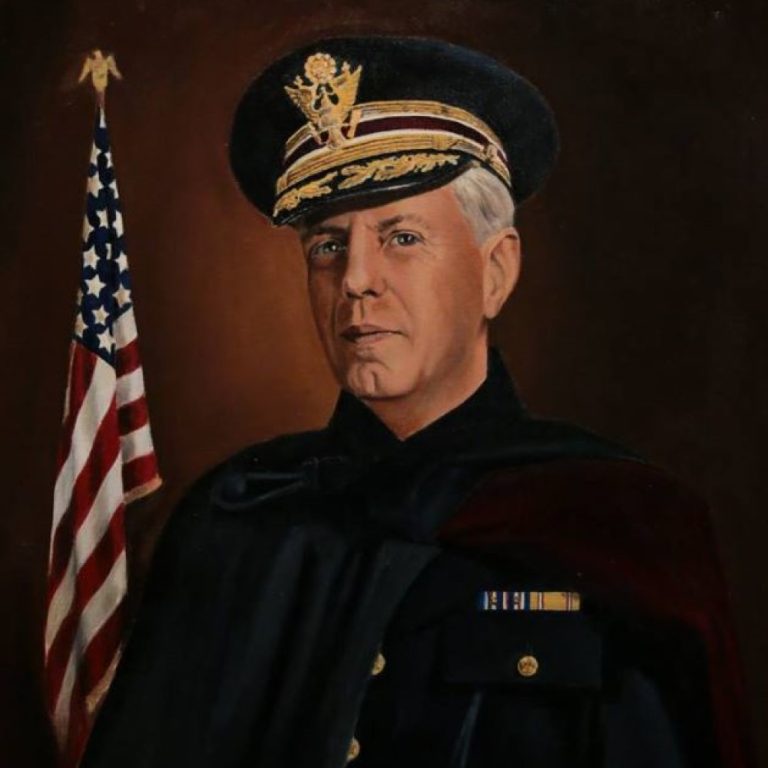
On Sept. 22, 1944, the War Department General Order Number 76 officially redesignated Fort Lewis General Hospital as…

On Apr. 16, 1943, Albert Hofmann tested synthesized lysergic acid diethylamide (LSD) on himself. LSD-25, as originally known…
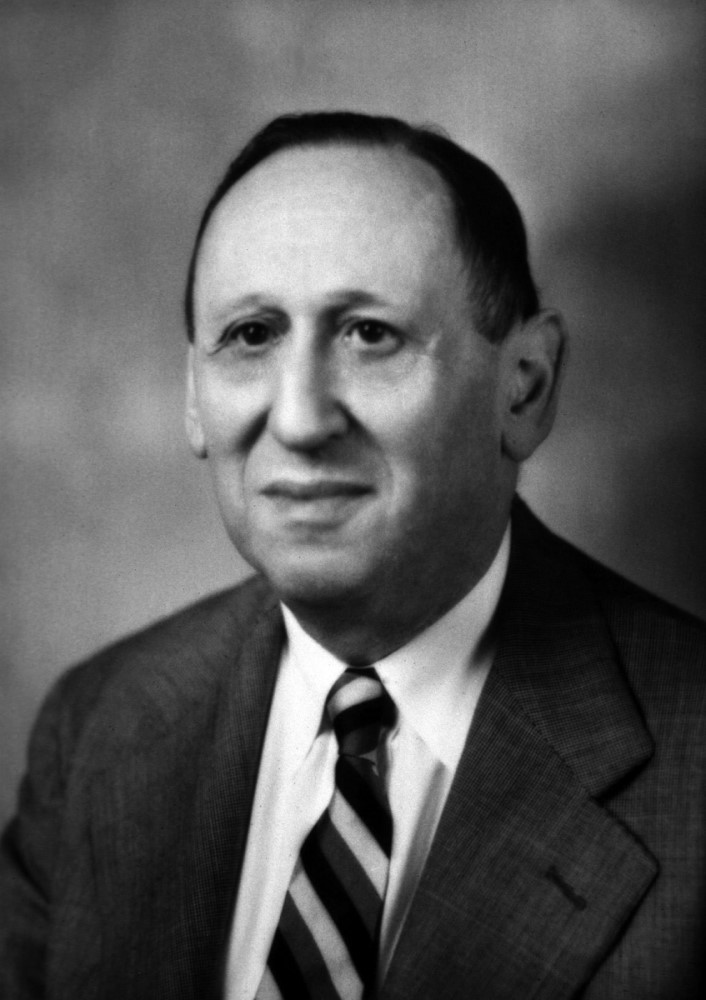
In 1943, Leo Kanner, a child psychiatrist at Johns Hopkins University, published the first clinical description of 11…
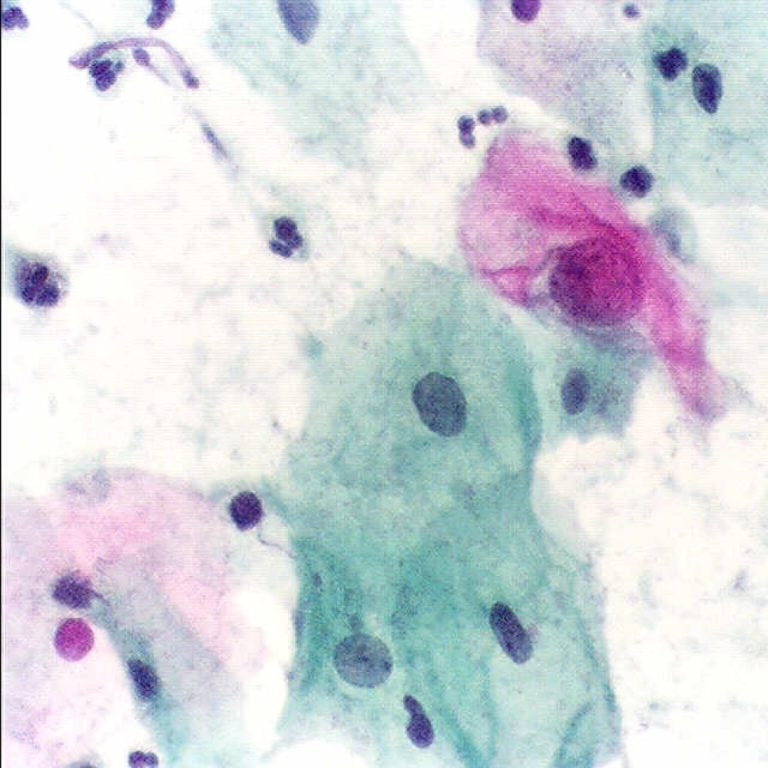
In 1943, George Nicholas Papanicolaou and Herbert Traut published their landmark book “Diagnosis of Uterine Cancer by the…
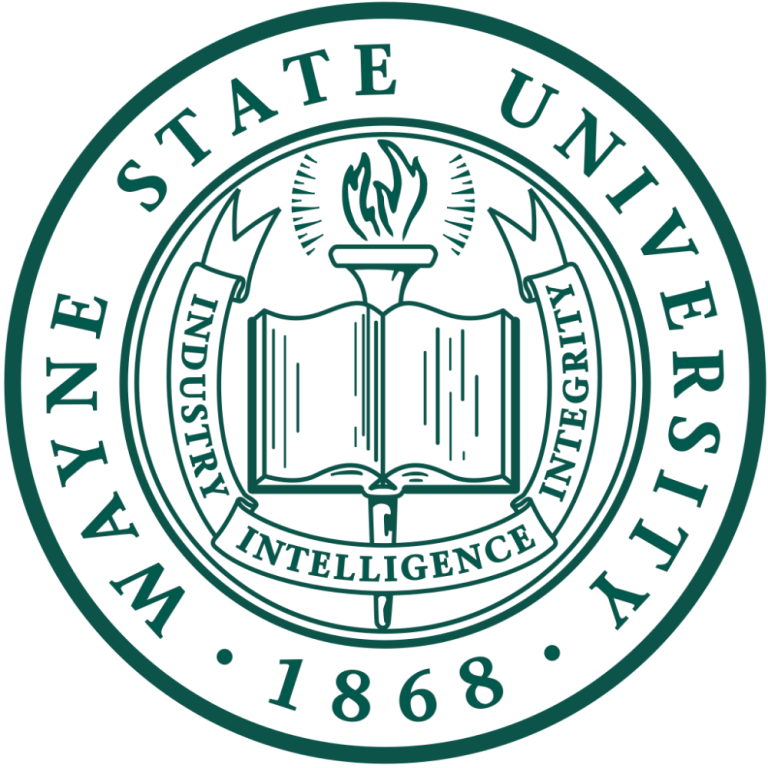
In 1943, The Detroit Institute for Cancer Research was incorporated with just $483 and 200 shares of General…
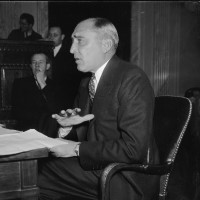
In 1942, The Hormel Institute was founded by Jay C. Hormel in Austin to research and find a…